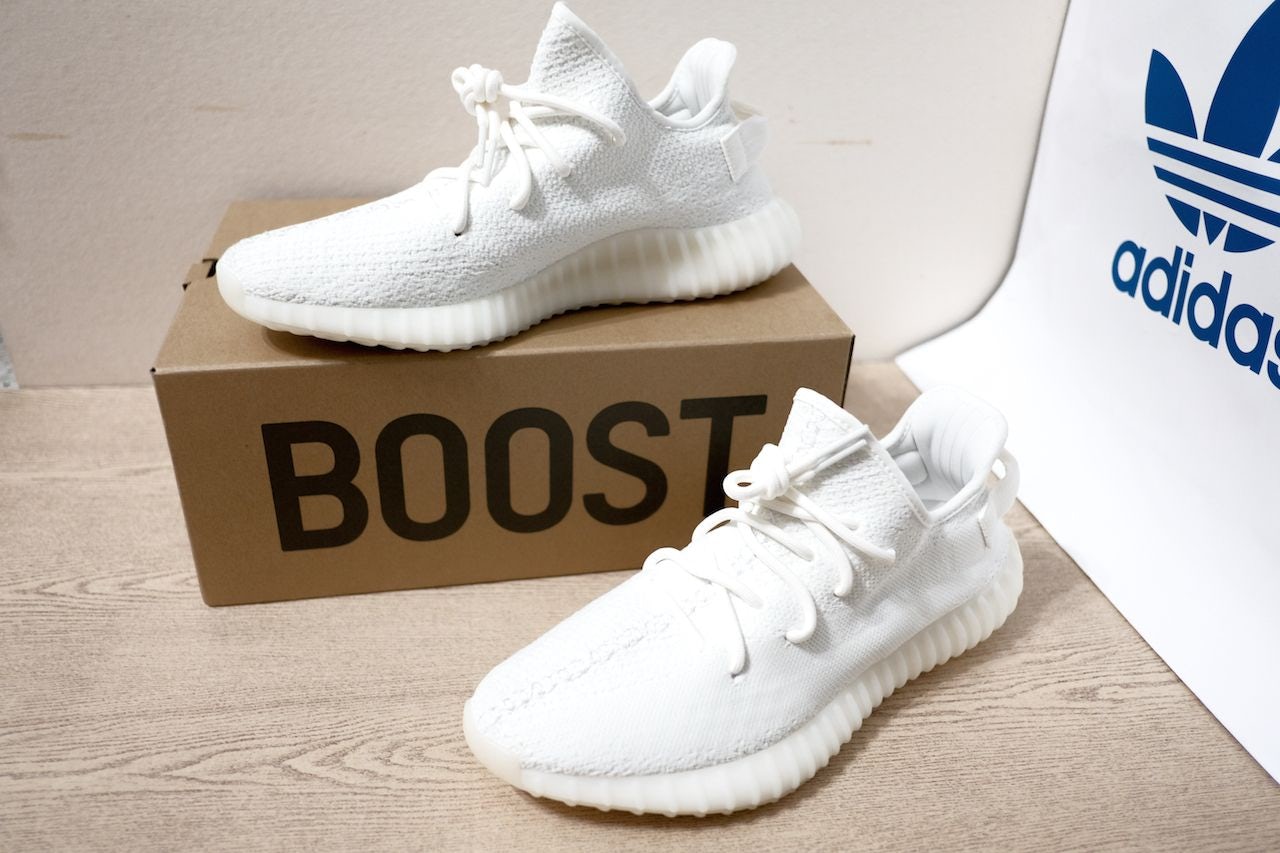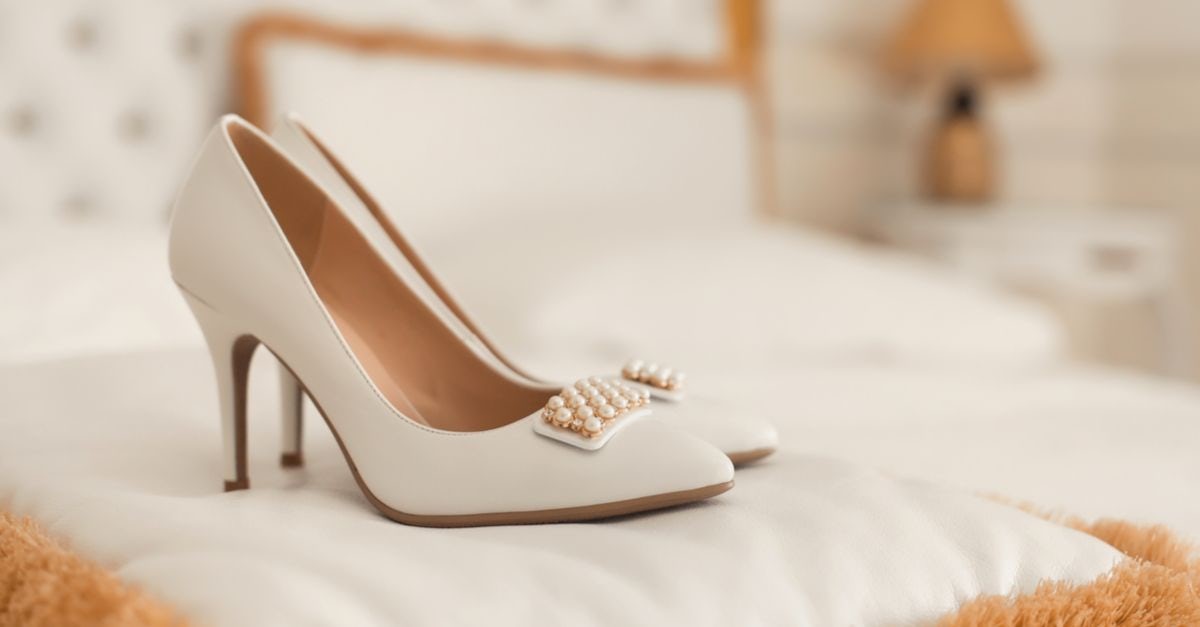Luxury footwear brands have good reason to fear the sneaker boom, but a new report shows that it’s not too late for fashion houses to capture their slice of the market with designs geared at younger, style-savvy consumers in China. Especially if those designs are high-heeled sneakers—for men.
The consulting and market research arm of mall owner K11 recently conducted a survey of 2,170 members of China’s BAT Generation—a name for the post-80s and 90s-born Chinese consumers who grew up buying from China’s big three online sellers, Baidu, Alibaba, and Tencent. The biggest surprise of the survey, even by far: The rise of the platform sneaker. According to the K11 Chinese Millennial Taskforce, one of every three male respondents owned these shoes, and more than 60 percent of them own five or more pairs, something the writers attribute to a growing K-pop and streetwear influence.
The platform sneaker is a trend that has graced the catwalks in both Paris and Milan, where brands like Balenciaga showcased their infamous Triple S (called “the king of ugly sneakers) and Thom Browne showed off his colorful correspondent platform shoes (which should hit the streets of Shanghai soon.)
Titled “8 Things You Need to Know if You Want to Succeed in China’s Shoe Market”, the report provides insight into how these young buyers are approaching their footwear purchases. The respondents resided in Hong Kong, Shanghai, and Wuhan, and owned an average of just over 21 pairs of shoes, a quarter of which are sneakers.
Many factors drove overall sneaker purchase decisions, including personal style (50 percent of respondents) and sports and work needs (42 percent of respondents). But it was "quality and comfort" that appealed most (nearly 85 percent of the surveyed respondents and a prodigious 95 percent of Shanghai respondents). These numbers reinforce the current sneaker boom in China, a market that, according to predictions by the Chinese consulting firm Zhi Yan, will balloon to 36 billion by the year 2020.
But it’s still style, not practicality, that ultimately drives footwear purchases among this generation of Chinese consumers—a big difference from the UK market, where over 60 percent of respondents from a 2014 study by the market research company NPD said they bought new shoes to replace worn out pairs.
The popularity of the platform sneaker—as well as other high-end sneaker styles—prove that there is room for luxury brands to market quality, brand name sneakers to BAT shoe shoppers, but there are a few helpful tips they should keep in mind:
Don’t rely completely on KOLs and bloggers to drive sales.#
The study found that less than one-fourth of the respondents said they would be influenced by a fashion blogger or KOL to buy a pair of shoes. However, they’re more likely to turn to fashion bloggers or KOLs over recommendations from salespeople or advertisements from magazines.
Still, brand image is everything.#
While KOLs may not have as strong of an influence on sales, in this case, they can help a footwear brand boost their image among followers, with brand image ranking as important for 64 percent of respondents.
Remember that young consumers do their research.#
Generation Z consumers, according to the report, are more independent-minded and not as swayed by family pressure when it comes to making decisions. They’re also mindful about their purchases—only 19 percent of the BAT generation in total would make an impulse buy.
Offline experiences are essential.#
About one-third of respondents said they would be more likely to buy a new pair of shoes if they were in a good mood, and the report authors suggest that salespeople can help improve a shopper’s experience by offering “well-rounded service” like giving fashion advice on top of more practical guidance.


